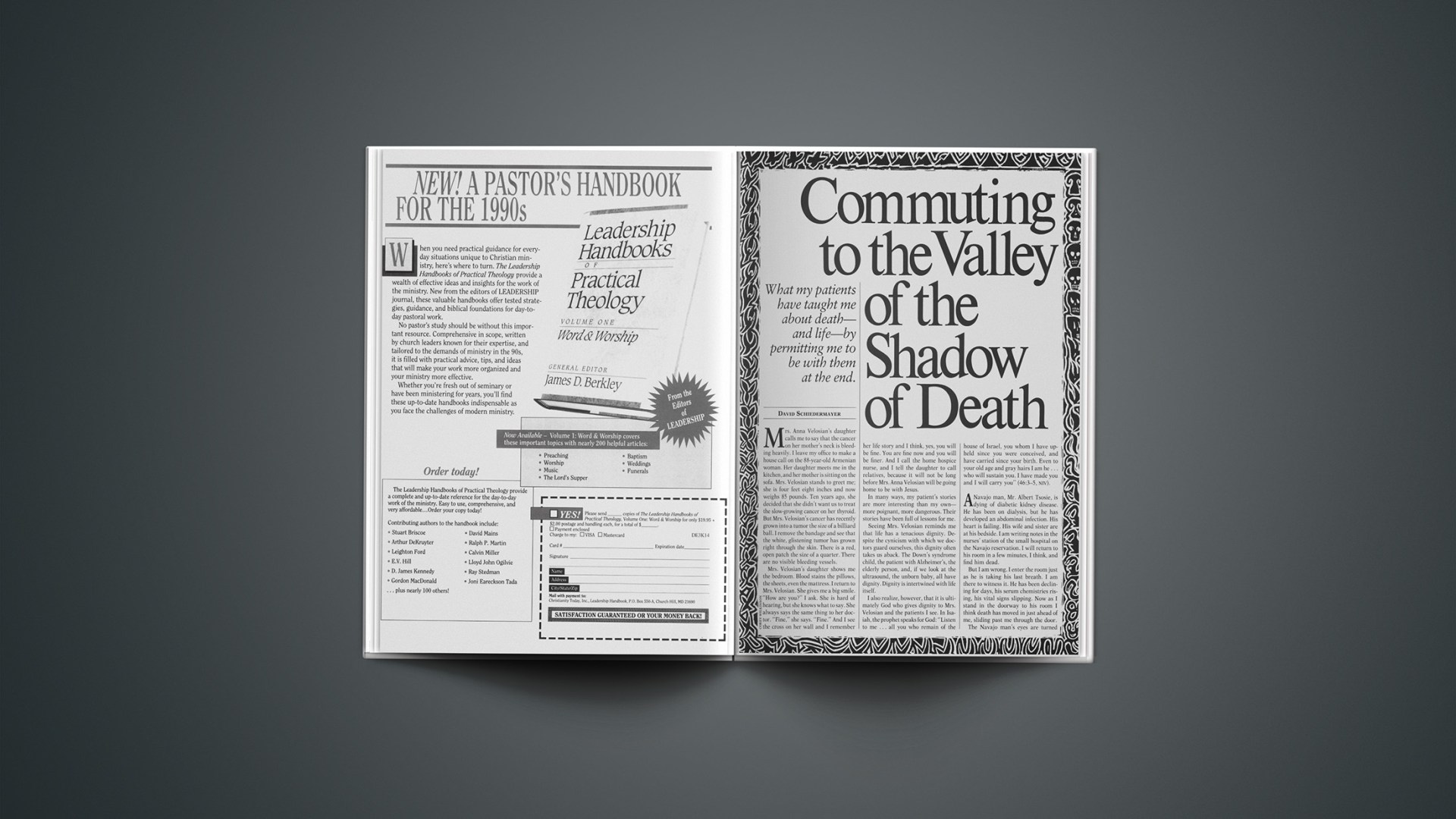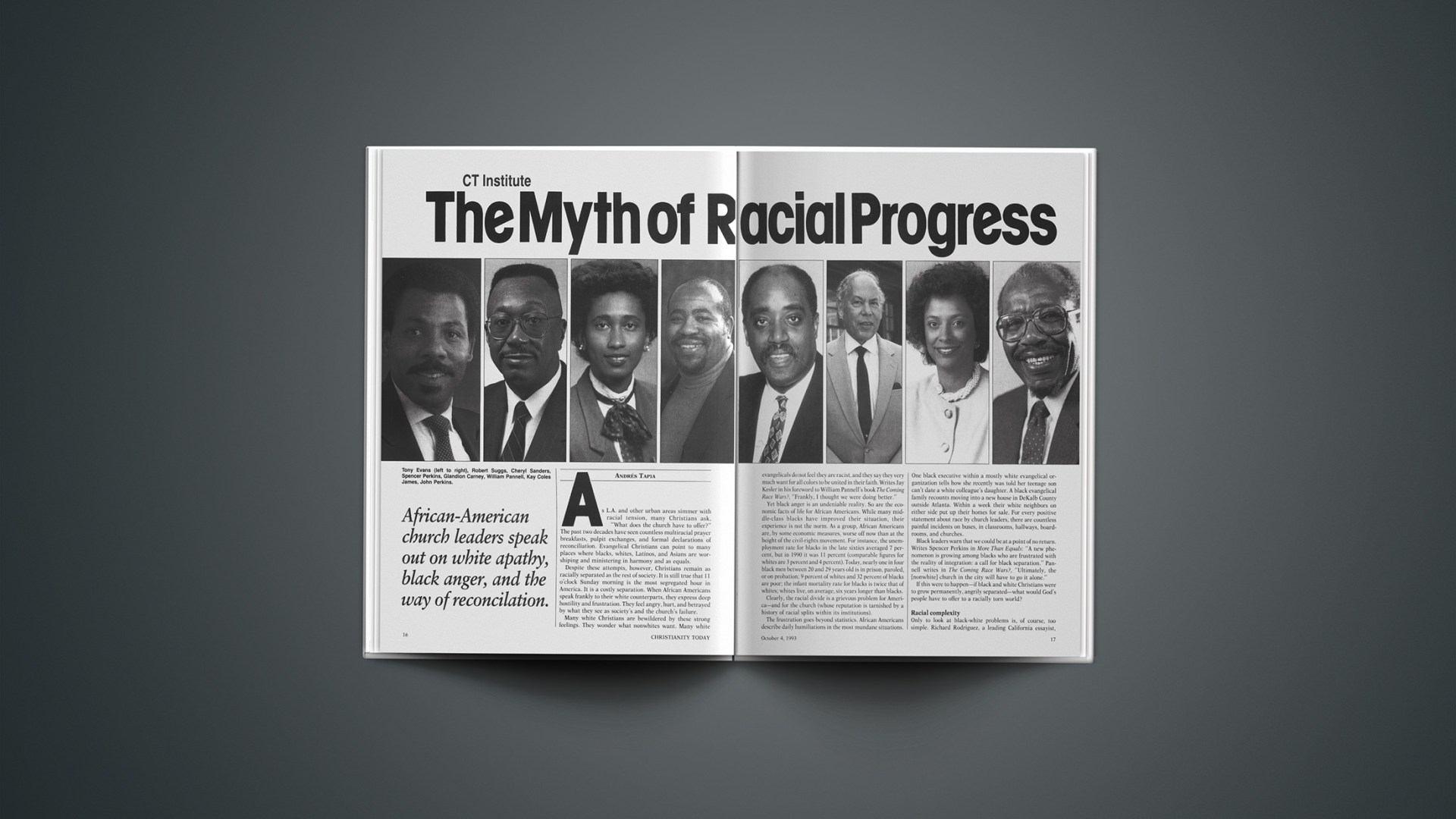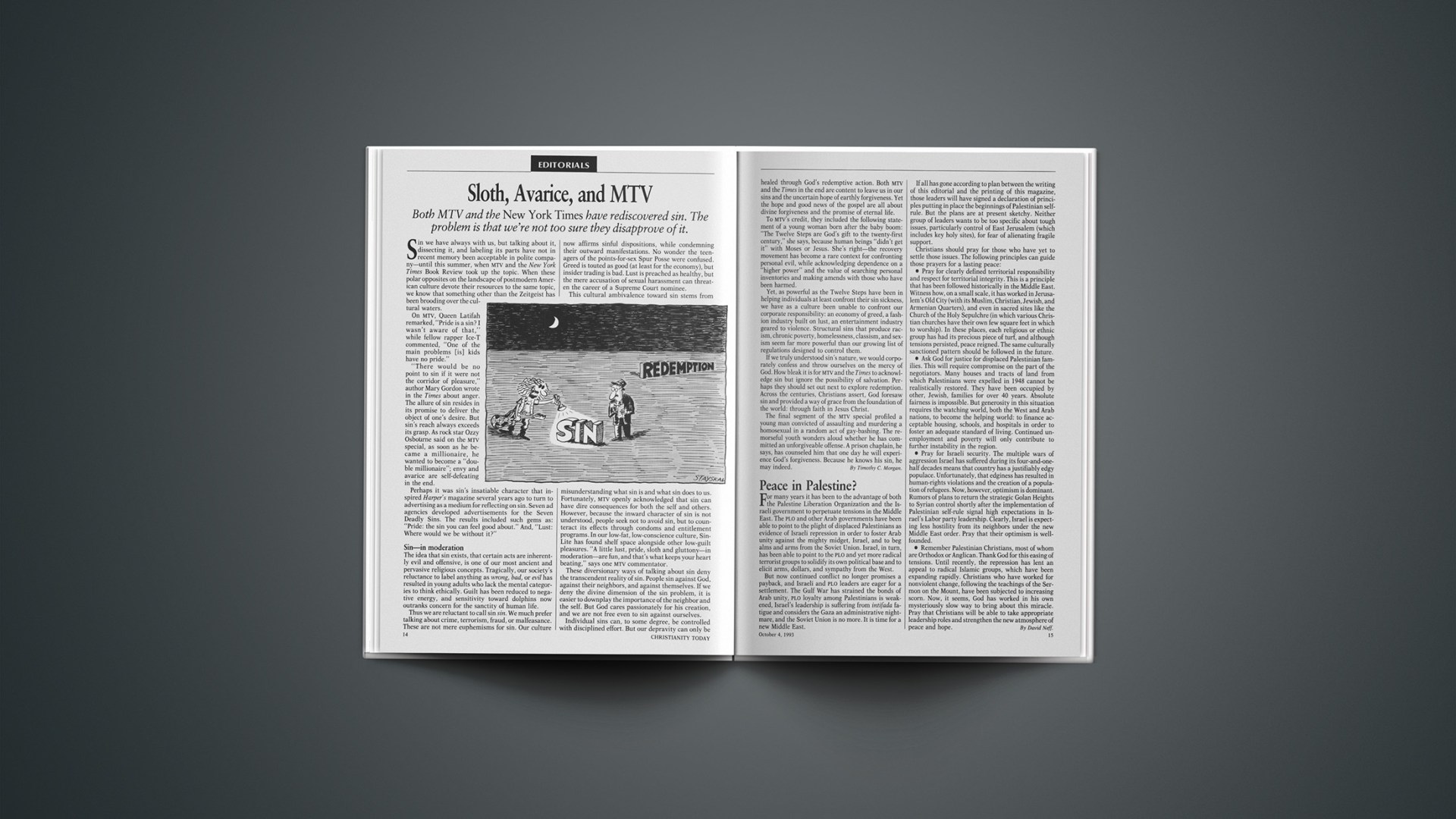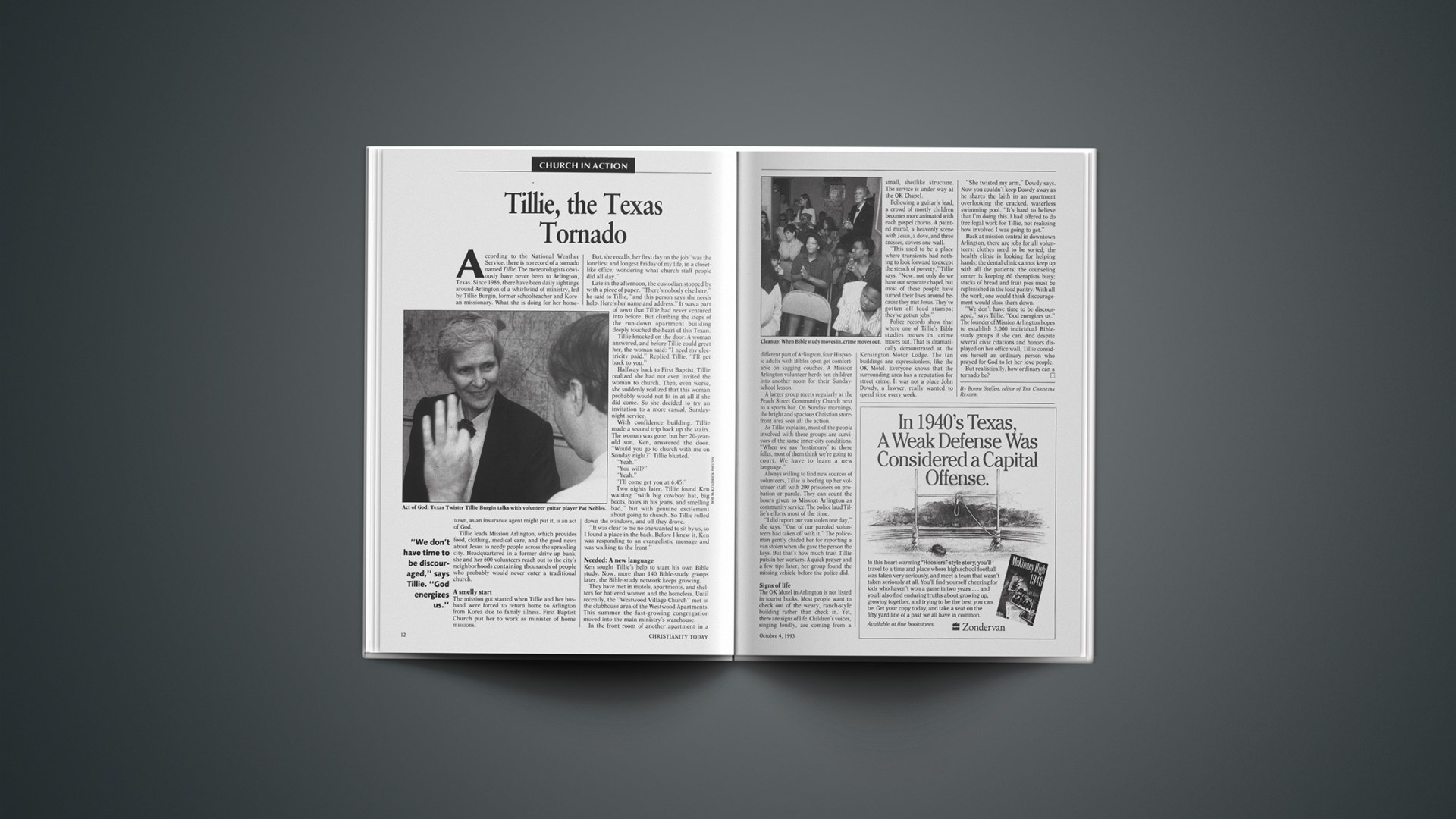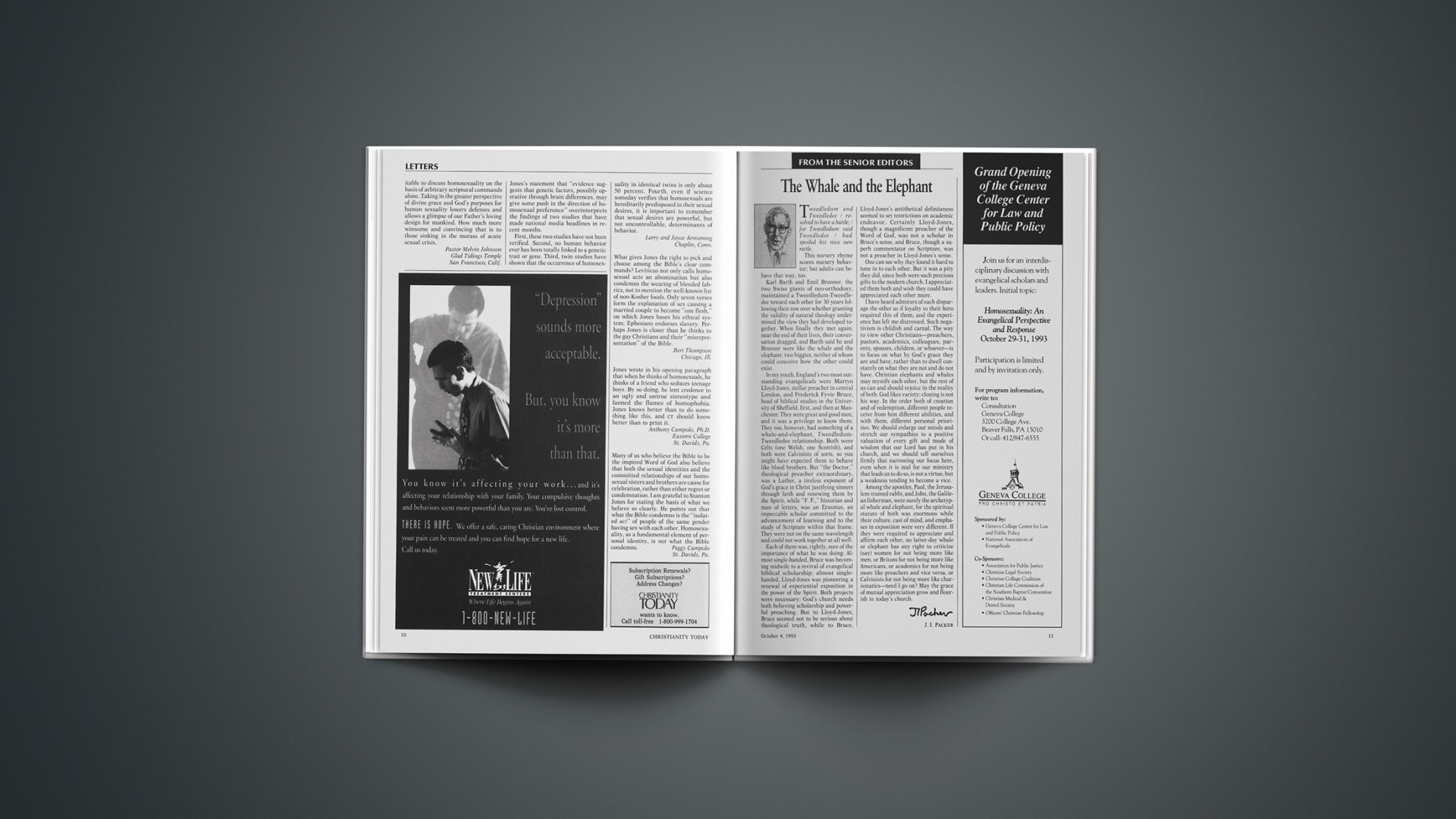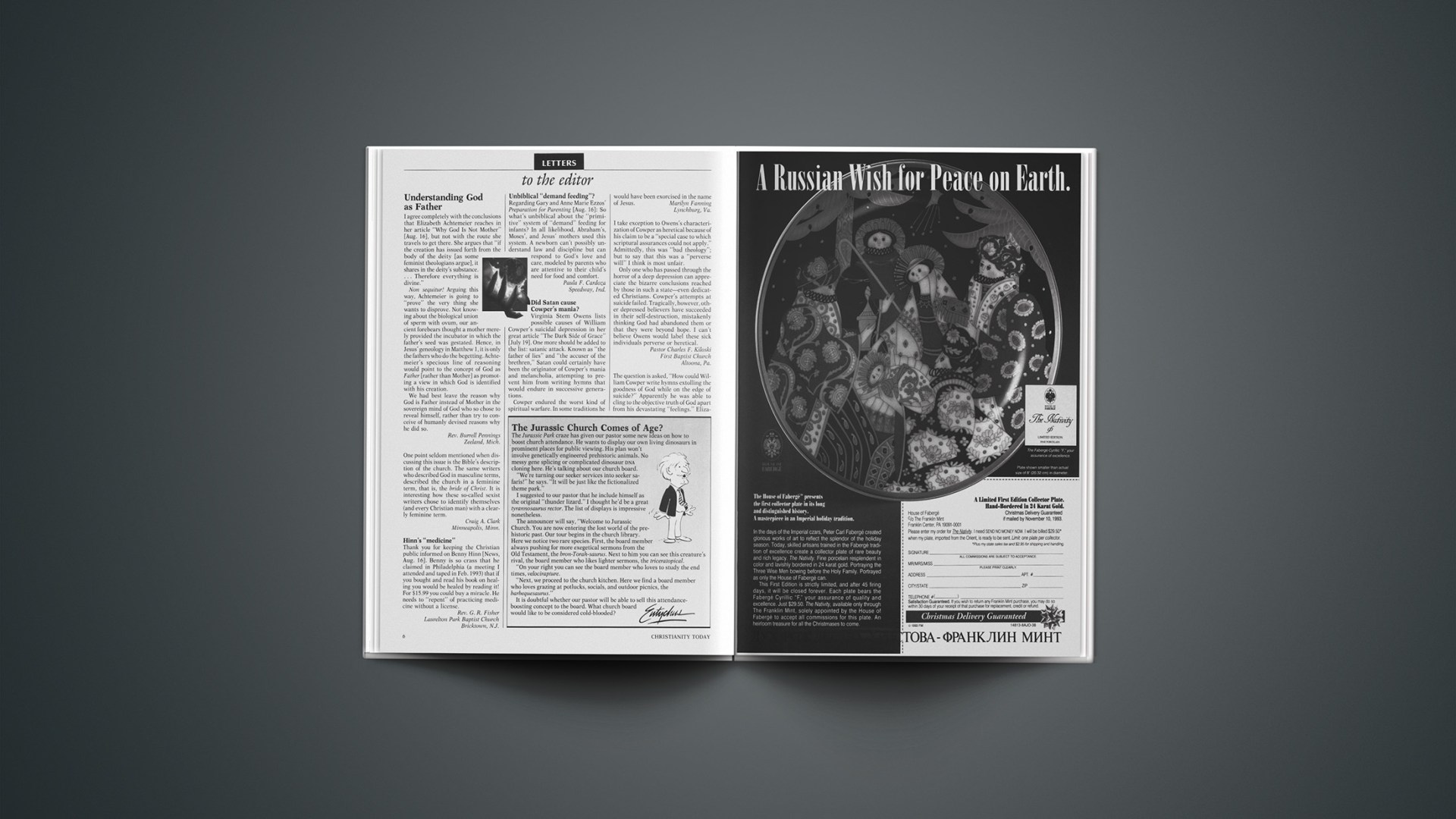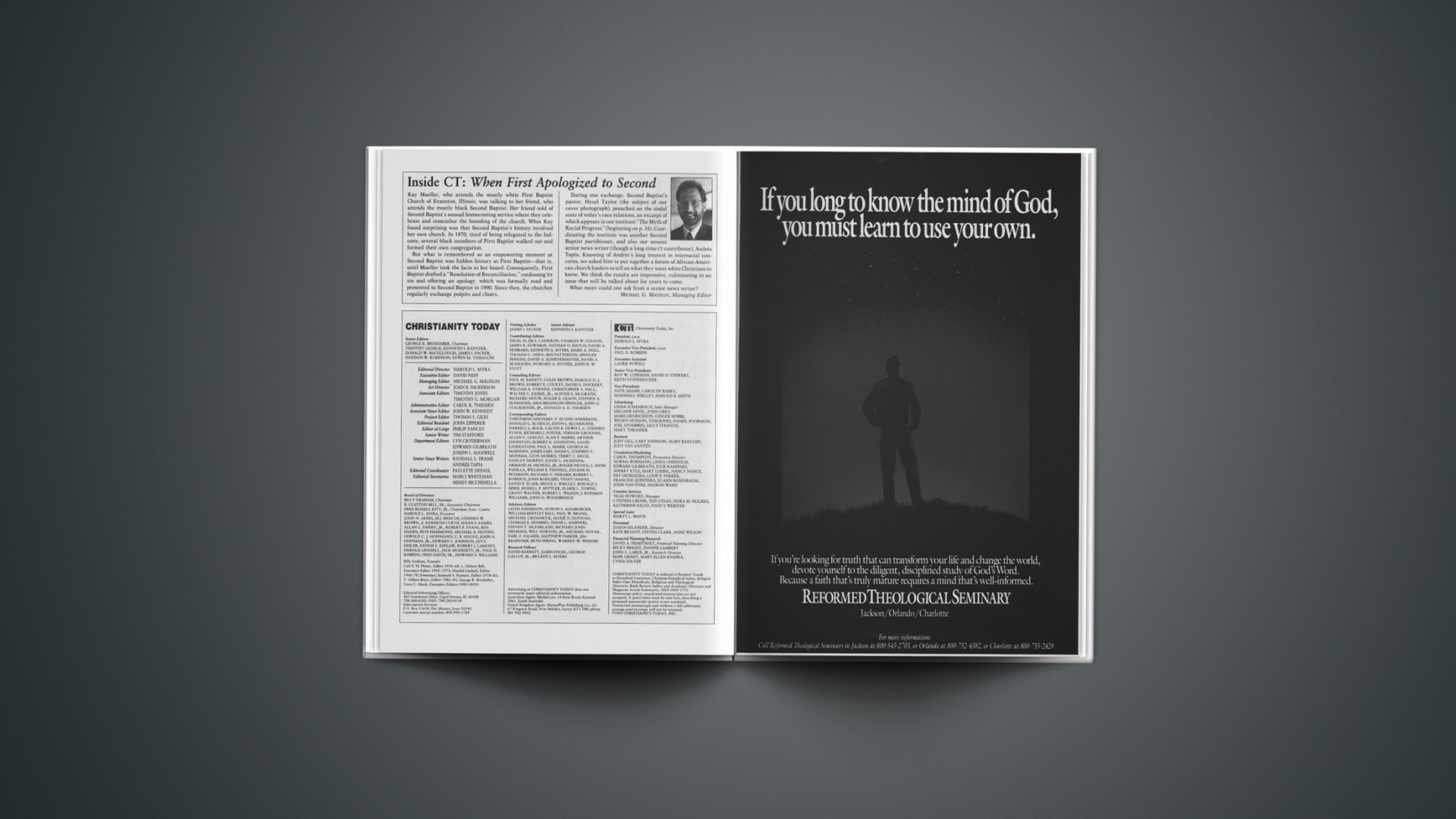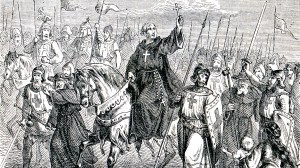What my patients have taught me about dealth—and life—by permitting me to be with them at the end.
Mrs. Anna Velosian’s daughter calls me to say that the cancer on her mother’s neck is bleeding heavily. I leave my office to make a house call on the 88-year-old Armenian woman. Her daughter meets me in the kitchen, and her mother is sitting on the sofa. Mrs. Velosian stands to greet me; she is four feet eight inches and now weighs 85 pounds. Ten years ago, she decided that she didn’t want us to treat the slow-growing cancer on her thyroid. But Mrs. Velosian’s cancer has recently grown into a tumor the size of a billiard ball. I remove the bandage and see that the white, glistening tumor has grown right through the skin. There is a red, open patch the size of a quarter. There are no visible bleeding vessels.
Mrs. Velosian’s daughter shows me the bedroom. Blood stains the pillows, the sheets, even the mattress. I return to Mrs. Velosian. She gives me a big smile. “How are you?” I ask. She is hard of hearing, but she knows what to say. She always says the same thing to her doctor. “Fine,” she says. “Fine.” And I see the cross on her wall and I remember her life story and I think, yes, you will be fine. You are fine now and you will be finer. And I call the home hospice nurse, and I tell the daughter to call relatives, because it will not be long before Mrs. Anna Velosian will be going home to be with Jesus.
In many ways, my patient’s stories are more interesting than my own—more poignant, more dangerous. Their stories have been full of lessons for me.
Seeing Mrs. Velosian reminds me that life has a tenacious dignity. Despite the cynicism with which we doctors guard ourselves, this dignity often takes us aback. The Down’s syndrome child, the patient with Alzheimer’s, the elderly person, and, if we look at the ultrasound, the unborn baby, all have dignity. Dignity is intertwined with life itself.
I also realize, however, that it is ultimately God who gives dignity to Mrs. Velosian and the patients I see. In Isaiah, the prophet speaks for God: “Listen to me … all you who remain of the house of Israel, you whom I have upheld since you were conceived, and have carried since your birth. Even to your old age and gray hairs I am he … who will sustain you. I have made you and I will carry you” (46:3–5, NIV).
A Navajo man, Mr. Albert Tsosie, is dying of diabetic kidney disease. He has been on dialysis, but he has developed an abdominal infection. His heart is failing. His wife and sister are at his bedside. I am writing notes in the nurses’ station of the small hospital on the Navajo reservation. I will return to his room in a few minutes, I think, and find him dead.
But I am wrong. I enter the room just as he is taking his last breath. I am there to witness it. He has been declining for days, his serum chemistries rising, his vital signs slipping. Now as I stand in the doorway to his room I think death has moved in just ahead of me, sliding past me through the door.
The Navajo man’s eyes are turned away. The room is still. Death pulls him away, and I turn toward his family. I begin to speak of his disease and his death. But even as I try to talk to Mr. Tsosie’s wife and sister, I see an amazing thing. At the moment they perceive his death, they physically turn away from him in horror and fear. And they will not speak of him again. For the traditional Navajo, death is the ultimate void.
What I see points me to a second lesson: We are not thankful or grateful enough for life, and we do not fear death enough.
God has given life dignity, but death is just a breath away. We can learn from the traditional Navajos, who recognize that without the hope of an afterlife, death is greatly to be feared. The Navajo knows enough to turn away from the dead in horror, even from a family member like Mr. Tsosie. Why? Because life is good and death is bad.
When I treat a patient who gets better, when the patient’s heart disease or hypertension or cancer responds, I am happy. But I am never flippant. Death will beat me. Death beats every doctor, and it drives us wild, makes us crazy. Death is always going into Mr. Tsosie’s room just ahead of me, always stealing the victory from me. So be it. The Scriptures tell us that Christ, not the doctor, has conquered death.
Mrs. Iona Christiansen suffered brain damage from a lack of oxygen caused by cardiac arrest. She was being taken care of by her husband at home. A dutiful caregiver, he washed, turned, and fed her. He did have home health aides coming to assist him daily, but the brunt of the care fell on him.
Mr. Christiansen felt good about his role as a caregiver, reasoning that during his working life his wife had cared for their children with little help from him, and now he was returning the favor. He had been taking care of her for about a year when I began making house calls.
The house calls were clinically indicated because he had to call an ambulance for transport and because, although Mrs. Christiansen could follow you with her eyes, she was unable to communicate. She did not require tube feeding, but her meals were long and laborious. Sometimes Mr. Christiansen or the aide would take over an hour to feed her. A year passed. Feeding became more difficult. It became clear that Mrs. Christiansen was dying.
One morning she began to have irregular respirations. Mr. Christiansen sounded frightened on the phone. I left the clinic, went over to the house, and spent some time there. Nothing more could be done for his wife; she was not in pain, and she was dying peacefully. I gave Mr. Christiansen a hug. His wife died three hours later.
Sitting in a pew at her funeral, I hear testimony of her love for God and for life before she was stricken. And I realize anew that Christians are not promised eternal life in our earthly, biological sphere—my third lesson.
This means that even though we value life we are not obligated to prolong human life endlessly here on earth. Mrs. Velosian refused aggressive treatment for her cancer, and she lived many trouble-free years before it began to grow wildly. The cancer took her life, but she was able to die at home. Mrs. Christiansen received aggressive supportive care at home, but died despite all the loving ministrations of her husband. The Christian is not obligated to go to heaven after two weeks on the respirator in the hospital.
Honoring life does not mean we must insist on all forms of treatment for all people at all times. That is honoring technology. That is the technological imperative. But God is sovereign. He determines the span of our lives. When doctors write down a phone number on a patient’s chart it is not just to communicate lab results or bug the forgetful about missed appointments. Sometimes we have to use the phone number to call with bad news. God is the only one who can really give eternal life.
And because we are not promised eternal life on earth, we have no right to procrastinate in the living of our lives. We do not own them.
We are like the man whose doctor called him and said, “I have bad news for you.”
“What’s the news?”
“Well, you have 24 hours to live.”
“That is bad news,” the man said.
“I have even worse news,” the doctor says.
“What could be worse than that?”
“Well, I tried to call you yesterday.”
This story is something of a retelling of Jesus’ parable about the rich man who was going to ignore God and build bigger barns before God called him and said, I have bad news.
This is also the message implicit in Ecclesiastes 12:1–6, with its counsel to “remember your Creator in the days of your youth, before the days of trouble come.” Because life is dignified, we prepare for its passing. And when life ends, we marvel at its passing, and we look up to God, who gave it so miraculously, and receives it back so mysteriously. But in the meantime, we honor God today; we do not shrink from choosing that which has ultimate, lasting value.
At the end of Mrs. Christensen’s funeral, I stir at the back of the church. I think of all the lessons I have learned from my patients over the years. They have taught me much about death—and life—just by permitting me to be with them at the end. I think I will slip out quietly now, finished with my funeral charting, my musing, my elegy of life. I expect to find the shadow of death outside, but again I am wrong. God has gone on ahead of me, as he goes on ahead of each of us, if we will. And when I step through the door, the sun shines brightly. The air moves with a fresh wind. The day is full of promise.
Loren Wilkinson is the writer/editor of Earthkeeping in the ’90s (Eerdmans) and the coauthor, with his wife, Mary Ruth Wilkinson, of Caring for Creation in Your Own Backyard (Servant). He teaches at Regent College in Vancouver, British Columbia, Canada.

